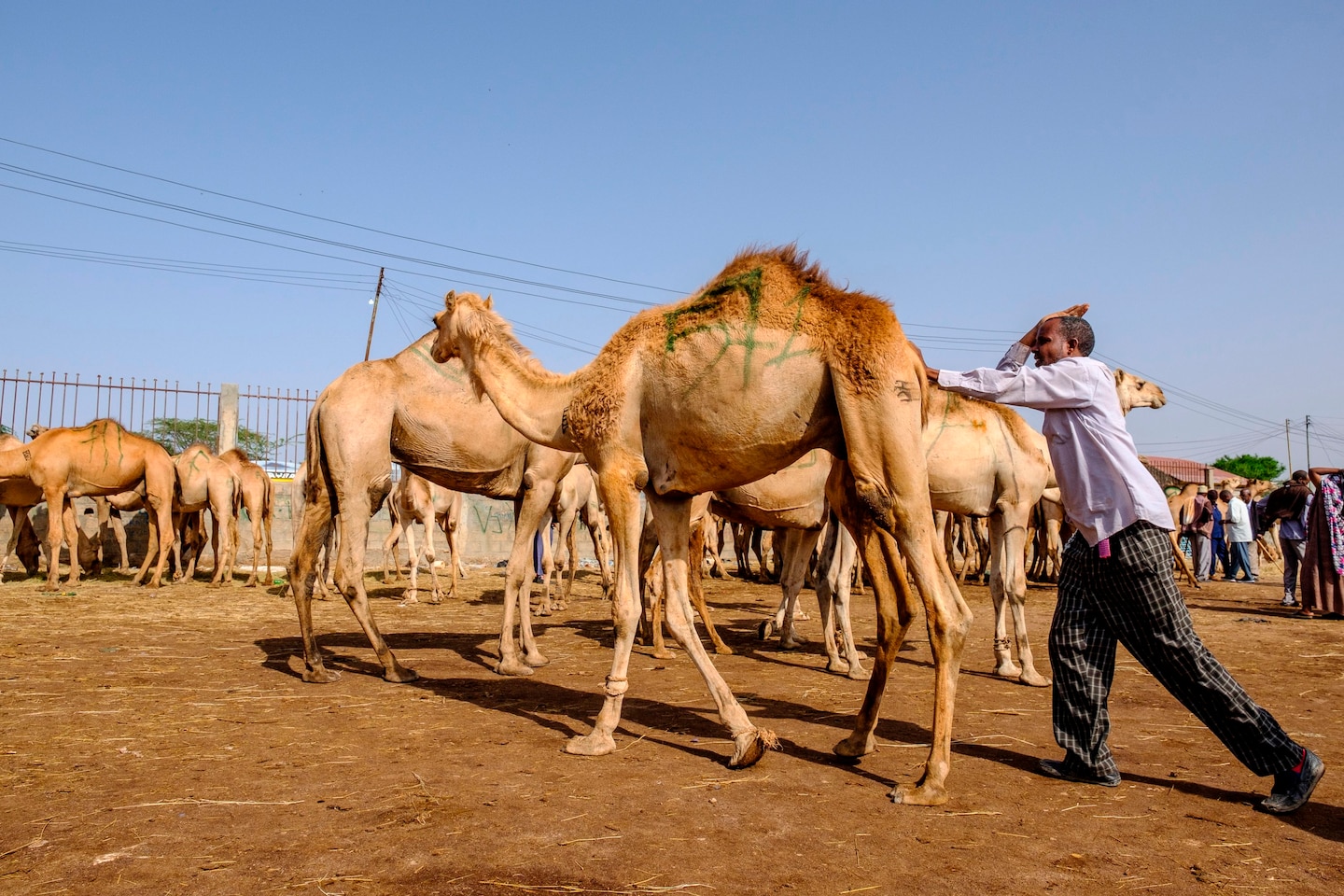With drastically smaller hajj, Somalia’s livestock industry goes from ‘boom to doom’

The coronavirus pandemic forced Saudi authorities to limit the hajj to just 1,000 people already in the kingdom, crushing the dreams of millions of pilgrims — and those of the livestock breeders, traders and exporters who supply millions of cows, camels, sheep and goats to feed the foreigners who arrive in the desert city each year.
That sudden drop in demand has been devastating for Somalia, where livestock makes up three-quarters of total exports, around 70 percent of which are sent to Saudi Arabia in the months leading up to the hajj.
“We are extending our hands to Allah, praying to take away the curse,” said Abdi Omar Hashi, 52, a father of eight. He recently loaded hundreds of his animals in trucks and traveled nearly 700 miles with them from central Somalia to the northern port city of Bosaso, where most livestock is exported. “When we got there, no one was buying. We had to bring them back.”
Hashi said he has lost more than $50,000 this year, nearly all of his savings.
“The hajj season is essential. It is huge for us,” said Somalia’s livestock minister, Hussein Mohamud Sheikh Hussein. He said Somalia exported more than 1 million cows to Saudi Arabia during last year’s pilgrimage. The end of hajj is marked by the festival of Eid al-Adha, which calls for the sacrifice of an animal, creating additional demand.
Many Somalis take out loans to expand their herds and pay them back with income in the lead-up to the hajj boom. Now, many face deeper debt that may turn into a long-term drag on their income.
“In a normal year this would be a time when those in the Somali livestock business would easily be able to pay off debts,” said Ahmed Khalif, Somalia country director for the nonprofit Action Against Hunger, which is expecting the downturn to result in widespread food insecurity. “Basically it went from boom to doom.”
Many in the industry had taken out loans early this year. The exporting season begins about two months before the hajj — that would have been in May.
“This tragedy, this virus, happened when we were on the brink of exporting,” said Adow Abdullahi Ahmed, who has bought and sold livestock for more than three decades. “I have had to sell some of my plots of land and animals to keep life going and keep my children in school.”
Action Against Hunger reports that the price for camels, for example, has dropped by nearly half, from $1,000 to $500. Ahmed said cows and goats have also gone down by around half. The downturn hits everyone from brokers and transporters to caretakers and exporters.
“The overall impact on the country, on foreign exchange, on loss of taxes, the devaluation of currency, inflation — the ripple effects of this are huge,” Khalif said. “They’re everywhere.”
“Our life depends on the livestock market,” said Isse Muse, 55, a herder in the Eyl region of Puntland with 16 children. “Now I am looking for loans to put some food on the table.”
Because so many Somalis rely on the livestock trade, there is a dip in spending power across the country, leading to a broader economic downturn. Even though meat has suddenly become less expensive, the people who rear animals for a living cannot afford it. Instead, many are saving their herds for next year, in hopes that the hajj will be back on in 2021.
“Imagine you were exporting animals to make a profit,” said Hashi, the father of eight, “but instead you are now sinking into the kind of poverty that leads people to seek refuge in camps, waiting for handouts.”






